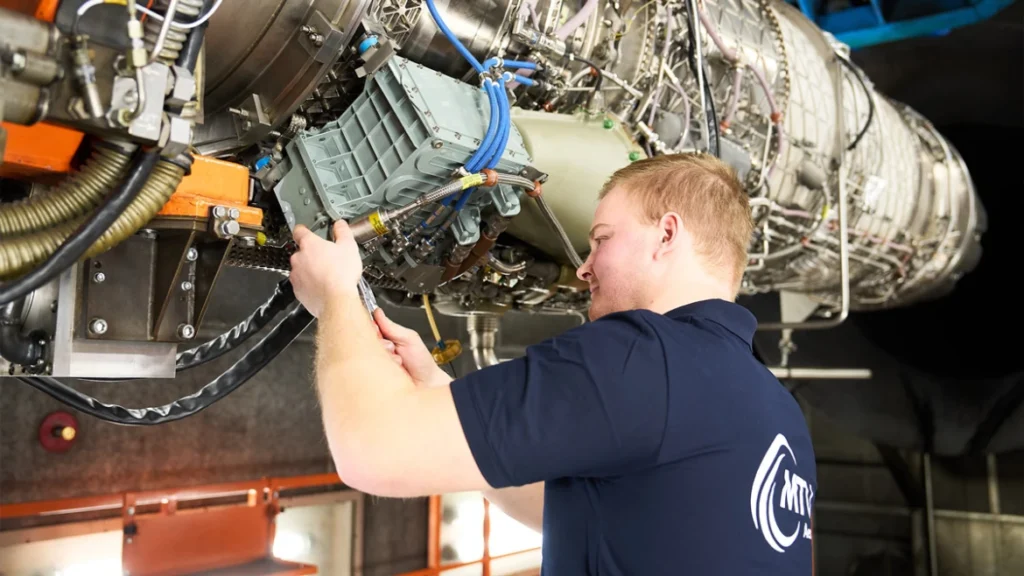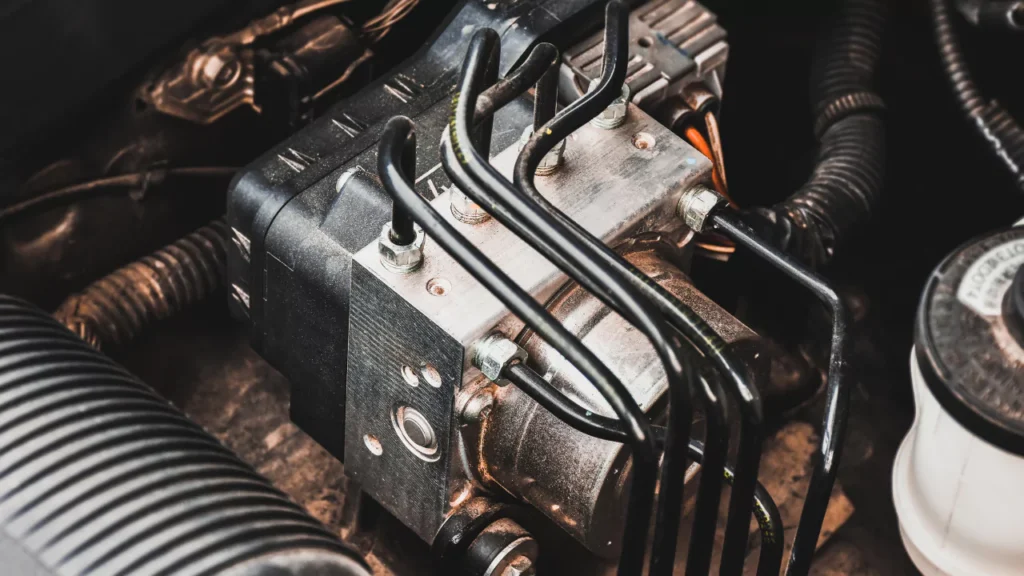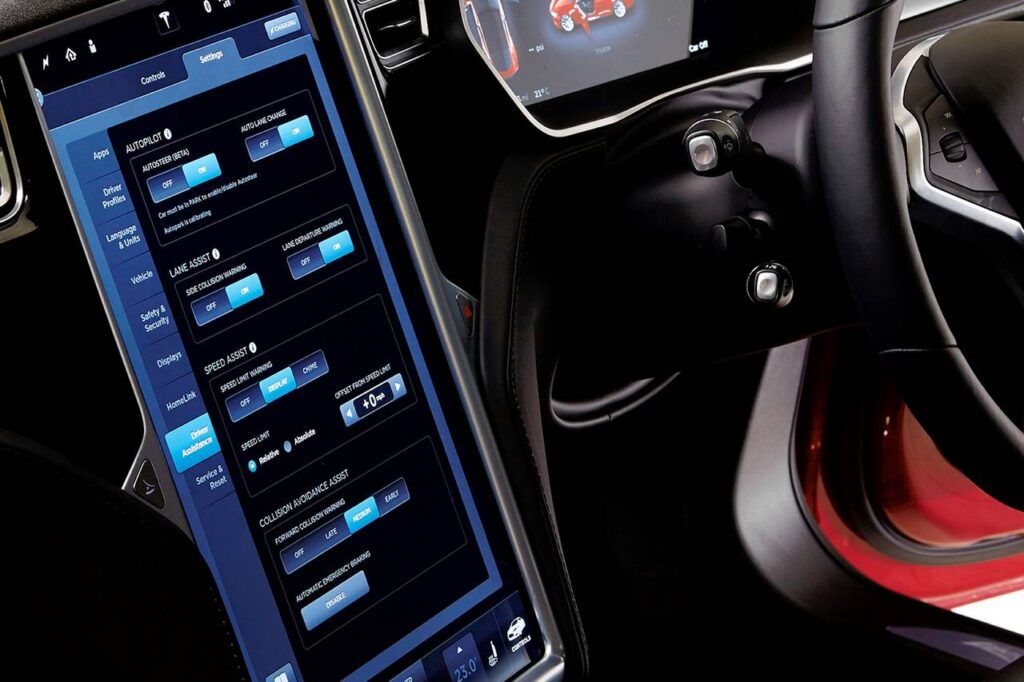The Role of the Engine Control Unit (ECU)
The Engine Control Unit (ECU) is the brain of a modern vehicle, managing various aspects of engine operation, such as fuel injection, ignition timing, and turbocharging. The ECU gathers data from numerous sensors throughout the car and uses it to optimize performance, ensuring a blend of power, efficiency, and emissions control. However, because manufacturers must meet broad regulatory and market standards, the ECU settings are often conservative, leaving room for performance enhancements through methods like ECU flashing.

What Is It and How It Works
Engine Control Unit flashing, also known as remapping or chip tuning, involves reprogramming the software in the vehicle’s ECU to alter its default settings. This modification allows for adjustments that can increase engine power, improve fuel efficiency, or optimize various other performance metrics. By modifying parameters such as ignition timing, fuel delivery rates, and boost pressure in turbocharged engines, Engine Control Unit flashing can unlock a vehicle’s untapped potential. The process typically involves using specialized diagnostic tools and software to read the current ECU map, modify the parameters, and then write the new map back to the ECU.
Benefits and Performance Gains
One of the primary benefits of Engine Control Unit flashing is the significant improvement in engine performance. Drivers often experience increased horsepower and torque, leading to faster acceleration and a more responsive driving experience. Alongside power gains, fuel efficiency can also improve, as the new ECU settings can optimize fuel usage more effectively than the factory settings. Additionally, Engine Control Unit flashing can tailor the vehicle’s performance characteristics to match the driver’s specific needs, whether it’s for daily commuting, spirited driving, or track racing.
Considerations and Potential Risks Involved
While the benefits of Engine Control Unit flashing can be substantial, it’s important to consider the potential risks and drawbacks. Incorrectly applied modifications can lead to engine damage, reduced reliability, and even voided warranties. Because of the complexities involved, Engine Control Unit flashing should be performed by experienced professionals who understand the specific needs and limitations of your vehicle. Furthermore, drivers should ensure that the updated ECU settings comply with local emissions regulations, as non-compliance can lead to legal issues.
ECU flashing offers a viable method for enhancing a vehicle’s performance by reprogramming the engine control unit’s software. With the potential for increased power, better fuel efficiency, and customized driving experiences, it’s a popular choice among car enthusiasts. However, to avoid risks and ensure the best results, it’s essential to rely on professional expertise and adhere to regulatory standards. By doing so, drivers can safely unlock their vehicle’s full potential and enjoy a significantly enhanced driving experience.



